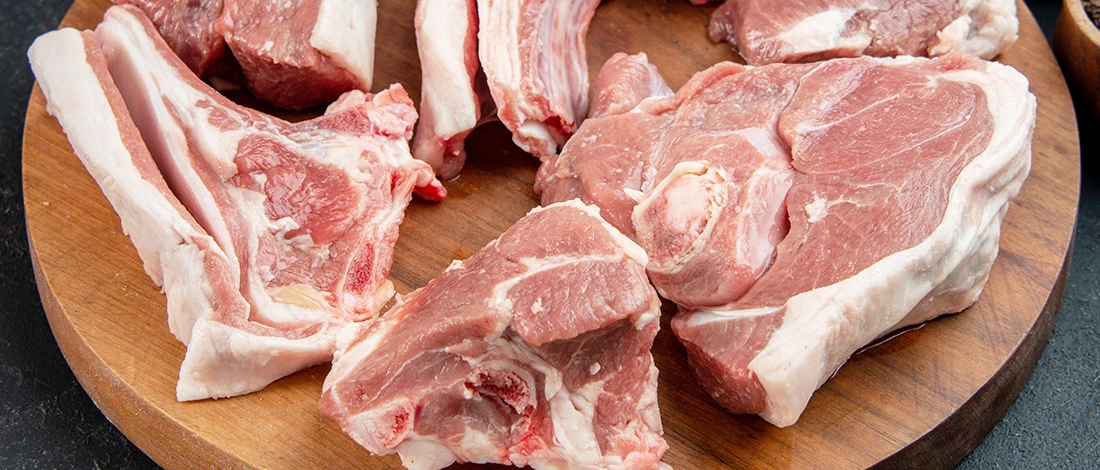Switching Utensils When Cooking Meat: Essential Safety Tips for Avoiding Cross-Contamination
Using safe food handling practices is essential when cooking with meat to reduce the risk of cross-contamination.
Renee Boyer, a food safety professor at Virginia Tech, advises, “You want to make sure you cook them to the right temperature, but you also want to make sure that there’s no cross-contamination that happens in between handling the raw product and then handling the finished product.”
This precaution applies to using separate utensils for raw and cooked meat or thoroughly cleaning a utensil before reusing it.
While the chance of cross-contaminating the meat during the cooking process is “relatively minimal,” Boyer notes, she emphasizes the importance of a meat thermometer to ensure food reaches the right internal temperature.
This simple step ensures that bacteria in raw meat are effectively killed during cooking. After the meat has cooked to a safe temperature, the serving utensils should be fresh or cleaned to avoid any risk of contamination.
Kitchen surfaces are also potential cross-contamination points if a cooking utensil is placed on a counter or spoon rest after handling raw meat. To further minimize risk, experts recommend keeping countertops and spoon rests clean and sanitized during the cooking process, particularly when handling meat.
Practicing these steps can be especially important for certain groups, including young children, older adults, pregnant individuals, and those with weakened immune systems.
Boyer highlights the importance of swapping or sanitizing utensils during cooking, stating, “The absolute best practice would be to utilize a fresh, safe, clean and sanitized utensil because then you can be sure that you’re not going to be at risk of contaminating anything.”
Starting this habit now can be an easy way to enhance food safety in the kitchen.
Want to perfect your meat-cooking skills safely? Explore our homepage for expert tips and meat-focused kitchen guides.






